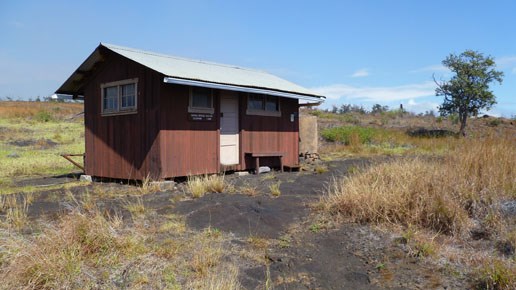Hazards
Weather
Intense sunlight, wind, and high temperatures can lead to dehydration, heat exhaustion or stroke. Minimize hiking during the heat of the day (10am to 2pm). Pace yourself, drink fluids, eat snacks, and avoid hiking during the hottest times of day (usually mid-day 10 am to 2pm - but, it is blazing from the time the sun rises).
Wear sun protection - sunglasses, sunscreen, and a hat. Take layers of clothing to regulate body temperature. Plan ahead - hydrate the day before your trek and drink fluids continually along the trail. Carry and drink a minimum of 4 quarts of water per person, per day.
During the day, temperatures can soar into the high 90s or higher. The elderly, infants, and those taking antihistamines and certain types of medication for high blood pressure or depression are especially at risk for heat exhaustion or heat stroke.
Trail Conditions
Trails may be steep and rocky. Watch your footing along the hot and windy trails. Stay on the trail! Do not cut across switchbacks as this accelerates erosion. Trails are marked by stone cairns (ahu) that may be difficult to see in the rain and mist, and impossible to find in the dark. Trails are rocky and uneven, and may be overgrown with thick vegetation.
Seismic and Volcanic Hazards
An earthquake can cause a locally-generated tsunami (seismic sea wave) at the coast. If you feel a strong earthquake while on the coast, move to high ground immediately. Earthquakes can also produce large rock falls -- avoid potential rock fall areas. Stay on the trail -- earth cracks, thin crusts, and lava tubes are numerous.
Fire Hazards
Thick grass and brush create a fire hazard in the coastal area. Do not smoke while hiking. Campfires, firearms, and fireworks are prohibited.
Unexploded Ordnance
In the Ka'ū Desert and coastal areas west of Ka'aha, there may be unexploded WWII ammunition. If you should see any, DO NOT TOUCH IT. Report the location to rangers.
Pesky and Dangerous Animals
Centipedes, scorpions, and black widow spiders are common in stone walls and rocky areas. Sharks are sometimes seen in coastal waters. Beware of sea urchins (wana), tubeworm casts, and sharp rocks when wading or swimming. Mongooses, mice, and feral cats thrive on unattended food supplies. Store food securely and keep a clean camp. To keep out insects, tents with fully zipable screens are recommended


